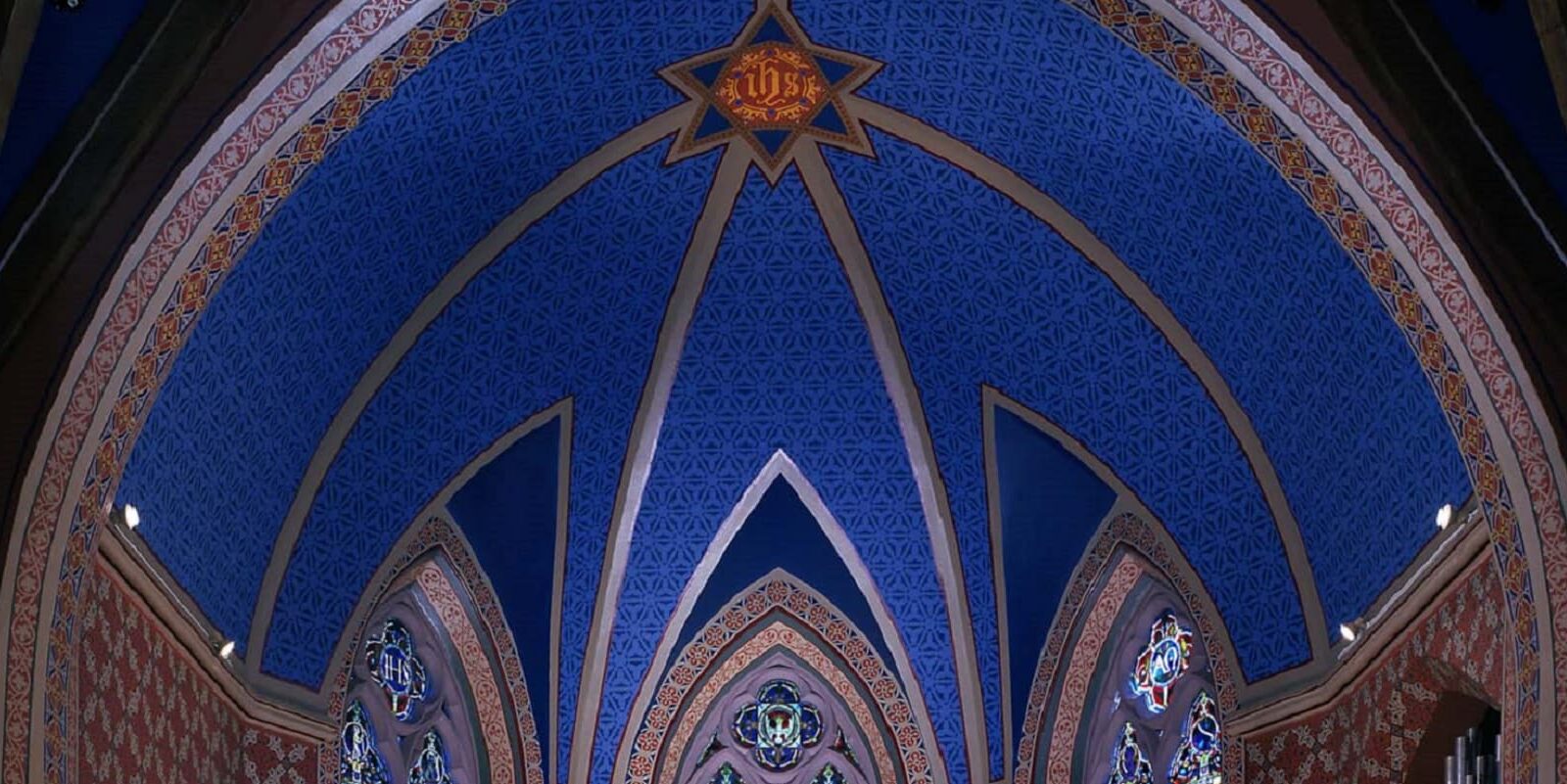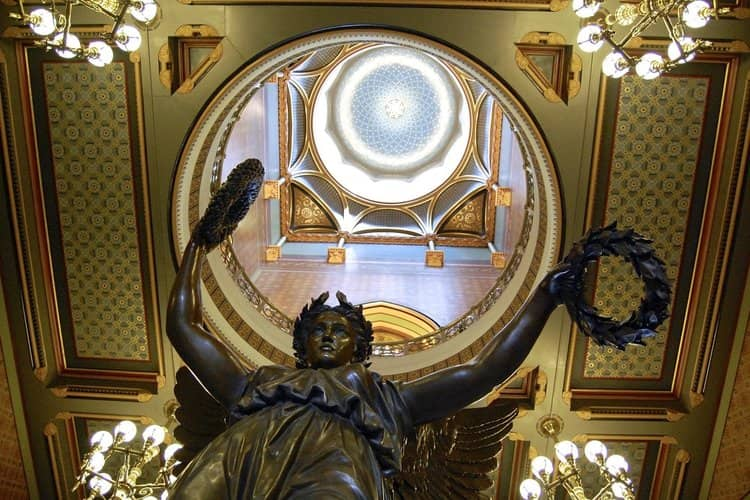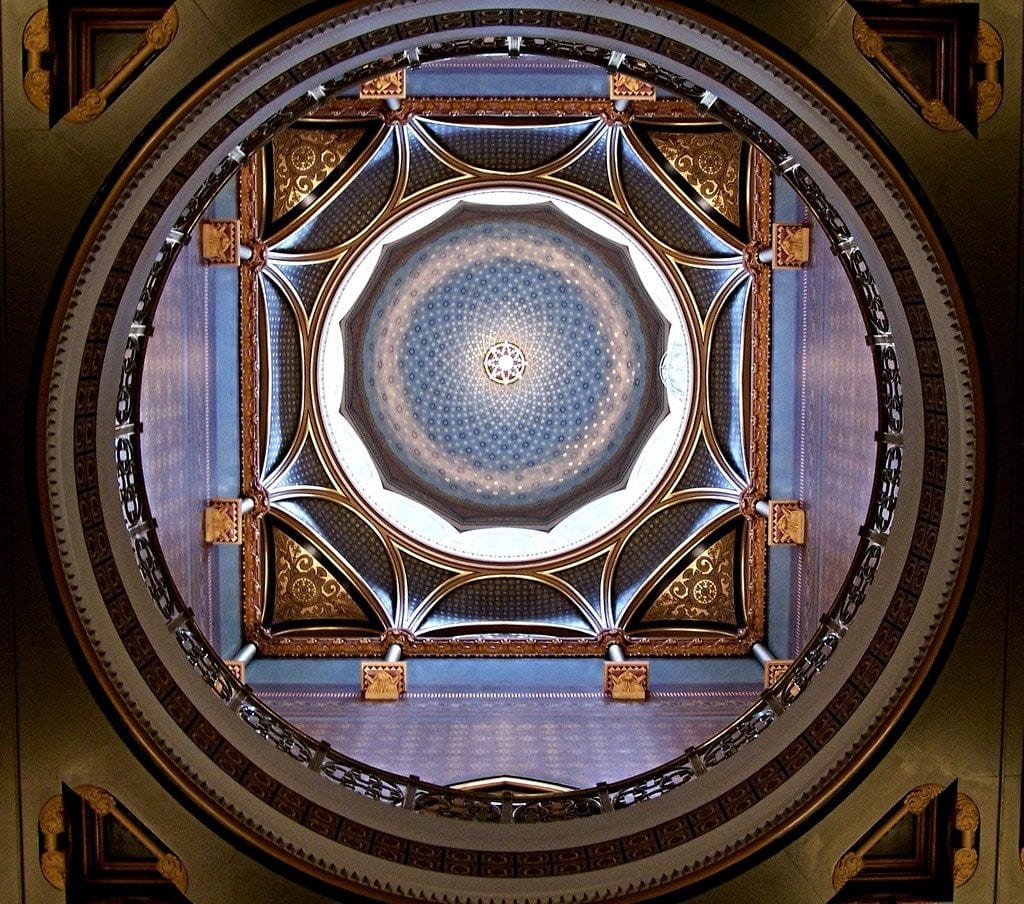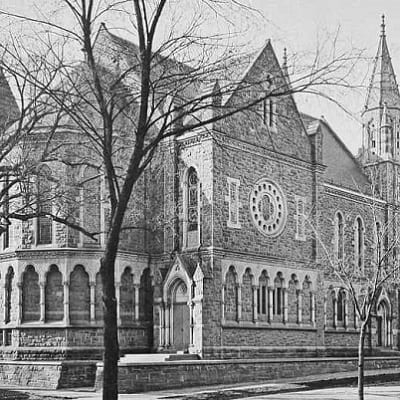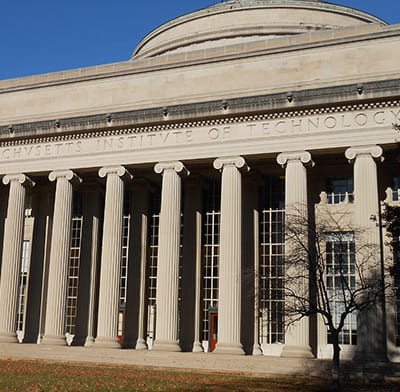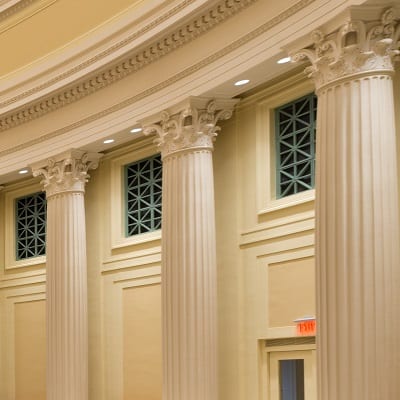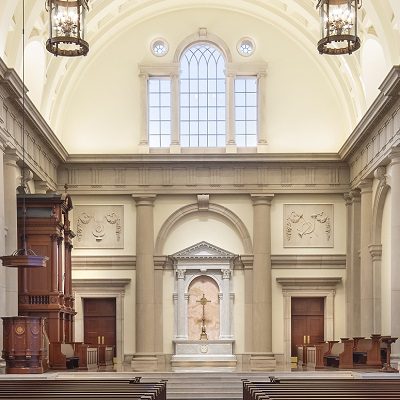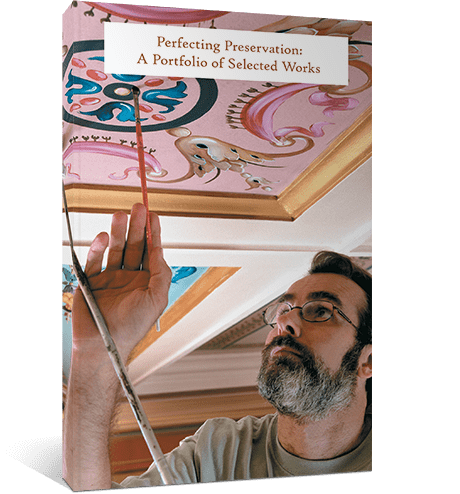At John Canning & Co. we’ve always valued the opportunity to share our knowledge in traditional materials and methods. With the American Institutes of Architects Continuing Education program we are given the opportunity to share that knowledge on a regular basis.
This idea of fellowship, sharing knowledge, and problem solving with colleagues is what Richard Upjohn had in mind when he invited 12 of his fellow architects to found the American Institute of Architects on February 23, 1857. Together with H. W. Cleveland, Henry Dudley, Leopold Eidlitz, Edward Gardiner, Richard Morris Hunt, J. Wrey Mould, Fred A. Peterson, J. M. Priest, John Welch, and Joseph C. Wells, Upjohn’s son, Richard M Upjohn, and son-in-law Charles Babcock at Trinity Church in New York City, the AIA was founded with the purpose of advancing continuing education with its members.
Initially founded under the name of the New York Society of Architects, Thomas U. Walter suggested the name be changed to the American Institute of Architects and by the following year a new constitution was signed with the following mission:
“to promote the artistic, scientific, and practical profession of its members; to facilitate their intercourse and good fellowship; to elevate the standing of the profession; and to combine the efforts of those engaged in the practice of Architecture, for the general advancement of the Art.”
Commitment to Education
Prior to the founding of AIA there existed no formal architectural schools or programs and it wasn’t until 1865 that the first formal architectural curriculum was offered in the US by MITs School of Architecture and Planning. AIAs continuing education program recognizes that education in architecture is crucial to advancing and improving the profession while embracing the power of design.
Richard Upjohn’s commitment to fellowship and education was clear and understood as he addressed his colleagues at the first general meeting on May 5, 1857.
“A few weeks past we were what we have always been, single handed—each doing his own work, unaided by, and, to a great extent, unknown to each other; possessing no means of interchange of thought upon the weighty subjects connected with our profession, pursuing our individual interests alone, and separately endeavoring to advance, as we are able, each one his own respective position . . . A quarter of a century is sufficient time, nay too long, for an experiment in working to such disadvantage. We were ripe for the change which has resulted in our union, and we may well congratulate each other that we are able to meet on common ground, to consider and execute all those plans which will ‘promote the scientific and practical perfection of its members, and elevate the standing of the profession.’”
It is only through sharing knowledge that we may promote and better architecture and the building arts. As Continuing Education Providers we understand the importance in sharing our expertise and knowledge in our field such as: decorative finishes, plaster, traditional materials and methods, historic paint investigations and plaster surveys.
As preservationists, having an understanding of these items is crucial in being able to properly preserve and restore iconic buildings as those designed by Richard Upjohn, Richard M Upjohn, and the other founding architects. With an understanding of the past, we are able to preserve these buildings for future generations to come.

